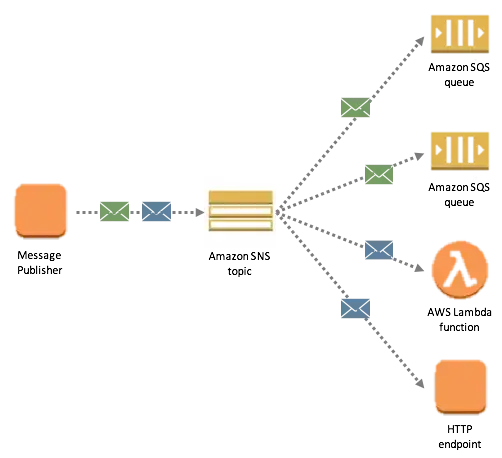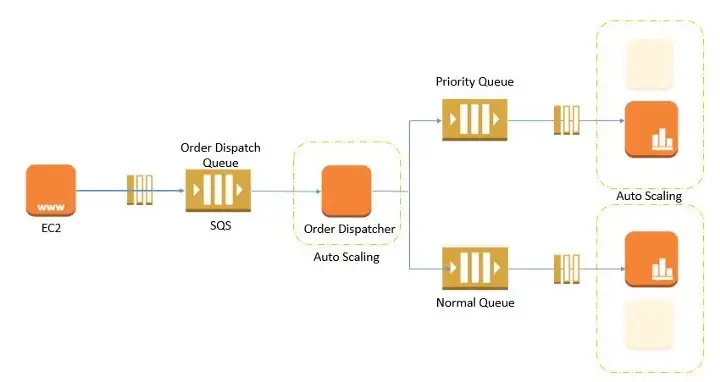Amazon Simple Queue Service (SQS) and Amazon Simple Notification Service (SNS) are two of the most popular cloud-based services available on Amazon Web Services (AWS). SQS is a message queue service that allows applications to exchange messages and SNS is a notification service used to send alert messages. Both offer scalability, reliability, and cost-effectiveness, making them a great choice for businesses looking to take advantage of the AWS cloud. However, there are some differences between them that should be taken into account before making a decision on which service to use.
Amazon SQS is a message queue service that is used to send and receive messages between different distributed applications. It is commonly used to decouple services, ensure reliability, and ensure scalability. It works by allowing messages to be sent through an application, which is then stored in an SQS queue. The message can then be retrieved by the receiving application at any time.
Amazon Simple Notification Service (SNS) is a fully managed pub/sub messaging service used for sending notifications and messages in a distributed application environment. It is most often used to send time-sensitive messages or notifications to users such as SMS or email notifications. SNS works by allowing applications to publish messages to a topic, which can then be subscribed to by other applications. When a subscribed application receives a message, it will trigger an action such as sending an SMS or email.
One of the main differences between SQS and SNS is the delivery mechanism. SQS is based on a “push” model, meaning that messages are sent directly to the application, whereas SNS is based on a “pull” model, meaning applications must “pull” the messages from the queue. Additionally, SQS provides a range of features that make it more suitable for batch processing and long-running tasks, such as message deduplication and message expiration. SNS, on the other hand, is better suited for immediately delivering small messages or notifications, such as SMS or email notifications.
. . .
Use Cases
Choose SNS if:
- You would like to be able to publish and consume batches of messages.
- You would like to allow the same message to be processed in multiple ways.
- Multiple subscribers are needed.

Choose SQS if:
- You need a simple queue with no particular additional requirements.
- Decoupling two applications and allowing parallel asynchronous processing.
- Only one subscriber is needed.

. . .
When Amazon SQS and Amazon SNS are linked together, Amazon SNS can be used to trigger Amazon
SQS messages. This allows Amazon SNS to send notifications to Amazon SQS queues without the need for additional coding or integration with other applications. The Amazon SQS queue will then manage the delivery of those messages to subscribers using its push.
In conclusion, Amazon SQS and Amazon SNS are two powerful Amazon Web Services that offer different capabilities. Amazon SQS is best suited for large-volume messaging-related tasks such as message deduplication, while Amazon SNS is better suited for